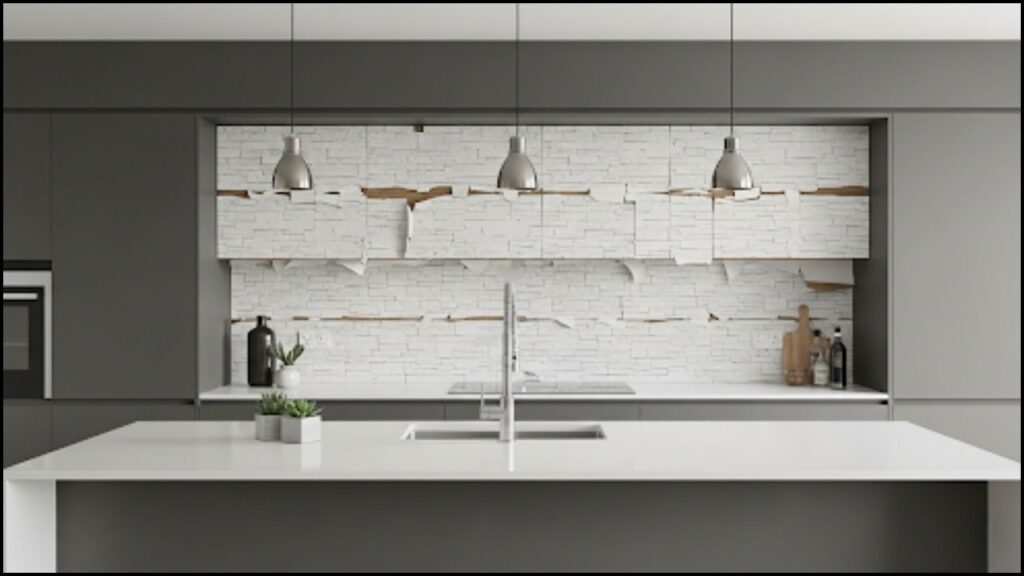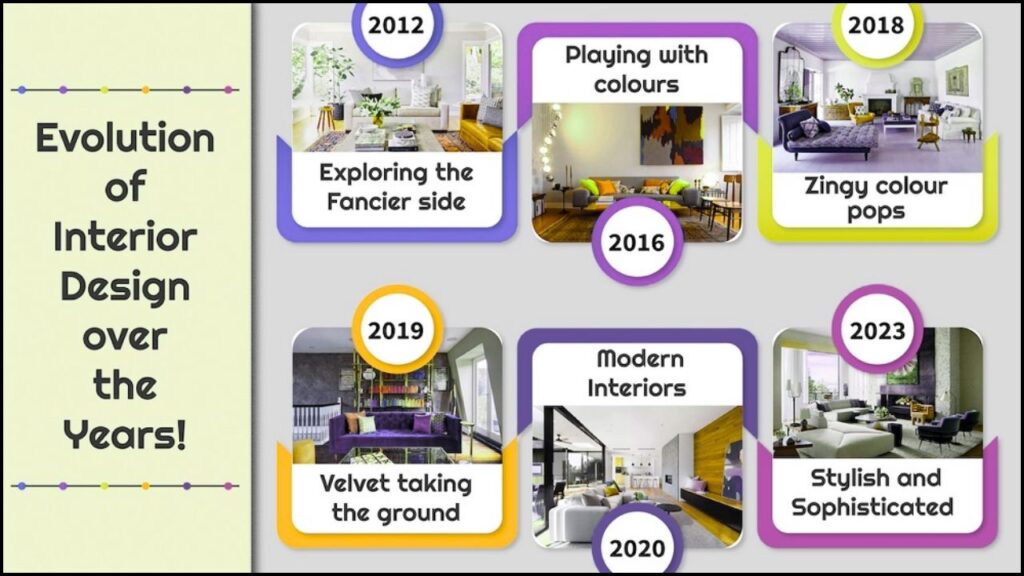In a market driven by social media trends and do-it-yourself (DIY) culture, many homeowners are undertaking renovations to boost their property value. However, a growing consensus among professional interior designers suggests that some popular “upgrades” are not only failing to add value but are actively detracting from a home’s aesthetic and resale appeal. These experts are warning against several common projects, highlighting them as tacky home upgrades.

The Rise of DIY Disasters and Designer Disdain
The proliferation of online tutorials and renovation shows has empowered homeowners to tackle projects that were once the domain of professionals. While this can save money, it has also led to a rise in what some designers call “aesthetic missteps.” These are not simply matters of personal taste but represent fundamental errors in design principles, material quality, and execution.
According to Sarah Lampley, a principal at Lampley Design Group in New York, the issue often stems from a misunderstanding of what constitutes quality design. “People see a cheap material that mimics a high-end one and think they’re getting a luxury look for less,” Lampley said in an interview. “The reality is that these faux materials rarely have the same longevity or visual weight, and they often look fake under different lighting conditions. This is the definition of a tacky home upgrade.”
The following are five upgrades that consistently draw criticism from design professionals.
Faux-Stone Backsplashes and Stick-On Tile
Faux-stone backsplashes, particularly those made from thin, pre-cut sheets or plastic panels, are at the top of many designers’ lists of regrettable trends. While intended to replicate the look of natural stone like marble or travertine, these materials often have a flat, artificial sheen and visible seams.
“A genuine marble slab has depth and natural veining that cannot be replicated with a print,” said Jameson Thorne, a designer based in Los Angeles specializing in high-end renovations. He added that the use of materials like peel-and-stick tiles, while convenient, telegraphs a lack of permanence and cheapness to potential buyers.
Excessive Shiplap and Overly Themed Spaces
Originally a functional element in barns and rustic homes, shiplap was popularized by home renovation television and has since been overused. Designers note that while a single shiplap accent wall can be effective in certain contexts, applying it to multiple rooms or entire ceilings often makes a space feel dated and thematically overbearing.
“The goal of a designer is to create a timeless, cohesive space. When every wall is covered in a single material, it stops being an architectural detail and becomes a dominant, often distracting, feature,” explained Dr. Emily Carter, a design historian and professor at the University of Pennsylvania. “It’s a form of design monoculture that removes uniqueness.”

The “Builder-Grade” Cabinet Handle Swap
Many homeowners believe that replacing standard-issue cabinet hardware with flashy, oversized pulls or ornate knobs will elevate their kitchen or bathroom. However, designers argue that this small change often highlights the low quality of the underlying cabinetry.
“If you put a high-end pull on a cheap, builder-grade cabinet, you are just drawing attention to the inferior quality of the cabinet itself,” said Eleanor Vance, a certified interior decorator and founder of Vance Interiors. She suggests that homeowners either invest in higher-quality cabinetry or choose simple, classic hardware that doesn’t draw undue attention. The goal, she says, should be subtlety and cohesion, not a dramatic and often jarring contrast
Ornate, Overly Sized Light Fixtures
While a statement light fixture can be a focal point, many designers are seeing homeowners choose fixtures that are disproportionately large, complex, or stylistically mismatched with the rest of the home. This often results in a visual imbalance that can make a room feel smaller and less sophisticated.
Mark Jennings, a lighting expert and architect, points out that proper scale and light temperature are more critical than a fixture’s size. “An ornate, massive chandelier in a low-ceilinged suburban living room just looks ridiculous,” he said. “It’s about scale. The fixture should complement the space, not compete with it.”
Overly Distressed and Artificial-Looking Flooring
Homeowners often seek a rustic or vintage look through distressed flooring. However, many mass-produced options—particularly laminate or engineered wood with an artificial, machine-distressed finish—fall short of the mark. These products often have a repetitive pattern and an unnatural texture, which discerning eyes can easily spot.
“Authentic patina comes from wear and age,” said Maria Gomez, a flooring specialist with a California-based design firm. “When a floor is artificially scraped and painted to look old, it lacks the subtlety and uniqueness of a true vintage material. It screams ‘brand new trying to look old.'” This kind of flooring is a primary example of a bad home upgrade that is done to save money, but ultimately reduces the home’s value.
Moving Forward: Focusing on Quality Over Quantity
The consensus among designers is that homeowners should prioritize quality over the sheer number of upgrades. Instead of attempting a full kitchen overhaul with low-cost materials, designers suggest focusing on a single, well-executed element, such as a high-quality countertop or a professionally tiled backsplash. These projects, though often more expensive, contribute more to a home’s long-term value and appeal.
“Investing in a few, high-quality pieces and professional labor is always a better long-term strategy than cluttering a home with a bunch of cheap, trendy materials,” said Dr. Carter. She noted that the most successful renovations are those that use timeless, durable materials that will remain relevant for decades.
Front Yard Faux Pas: Five Upgrades Potentially Lowering Your Home’s Value
